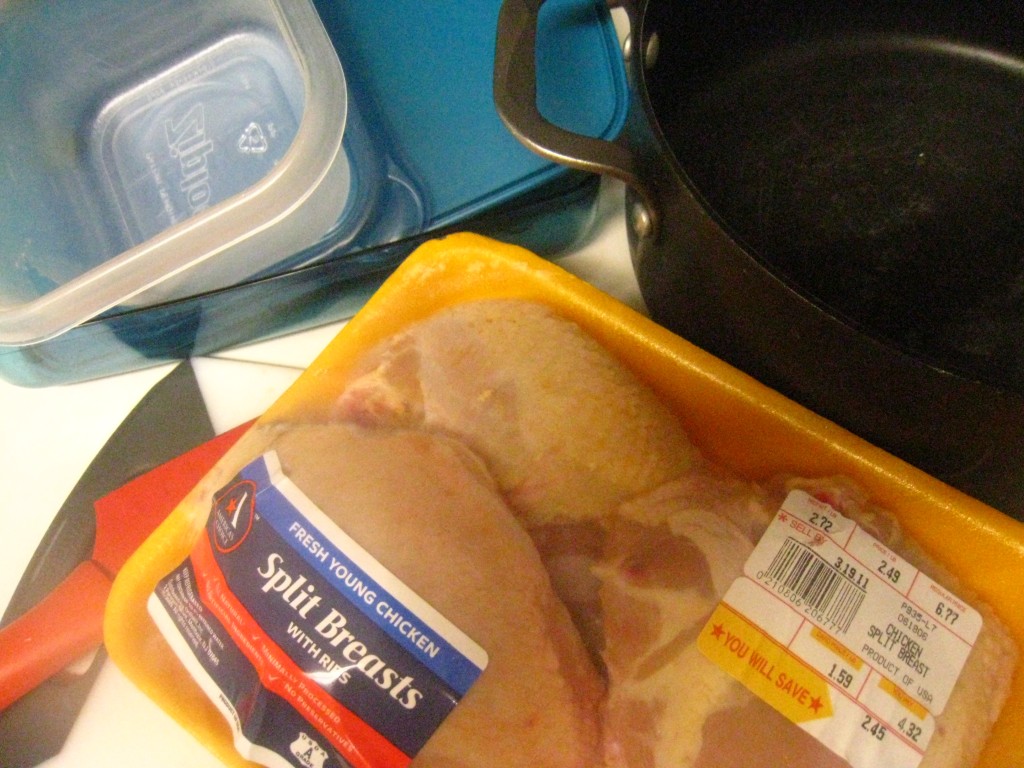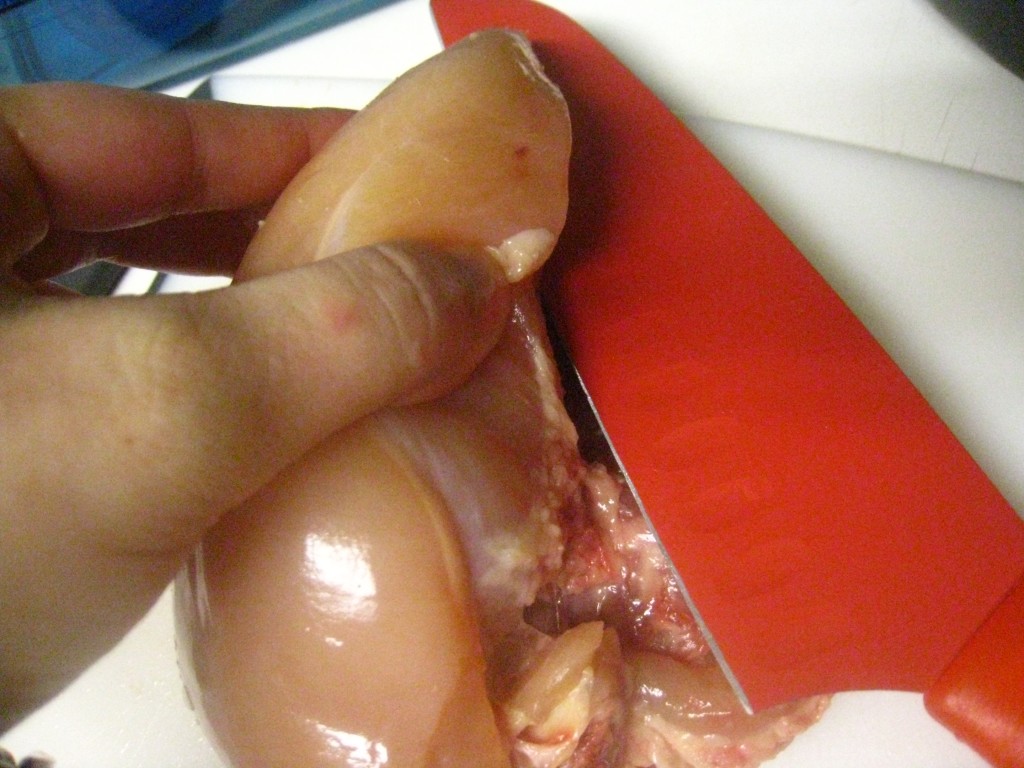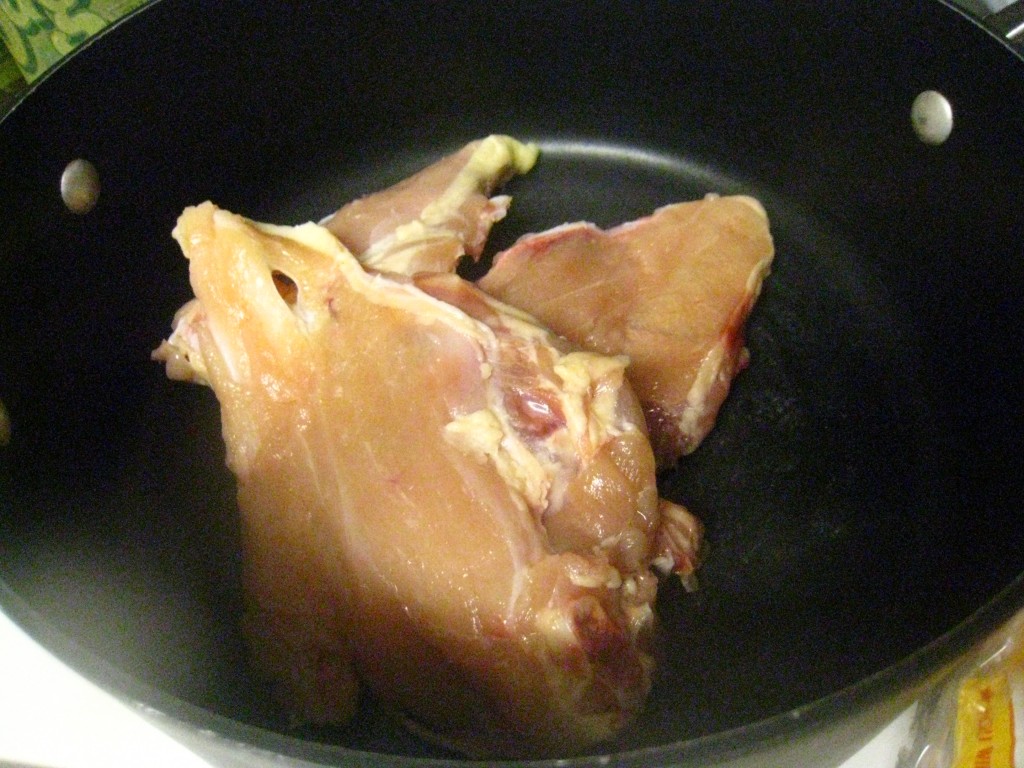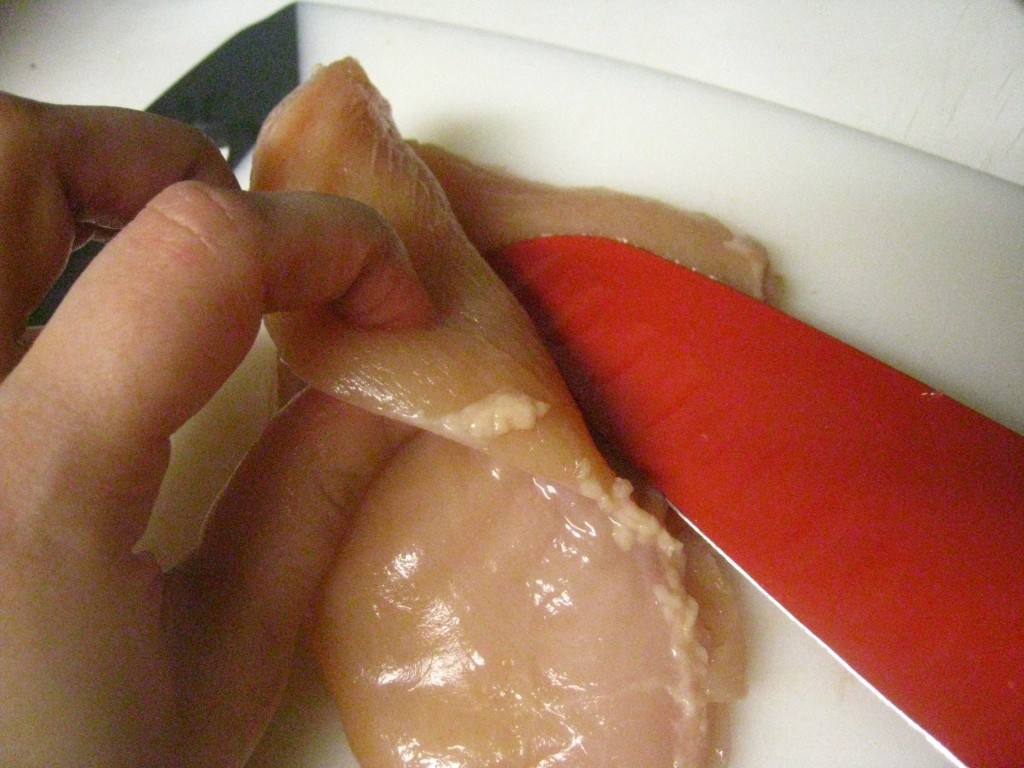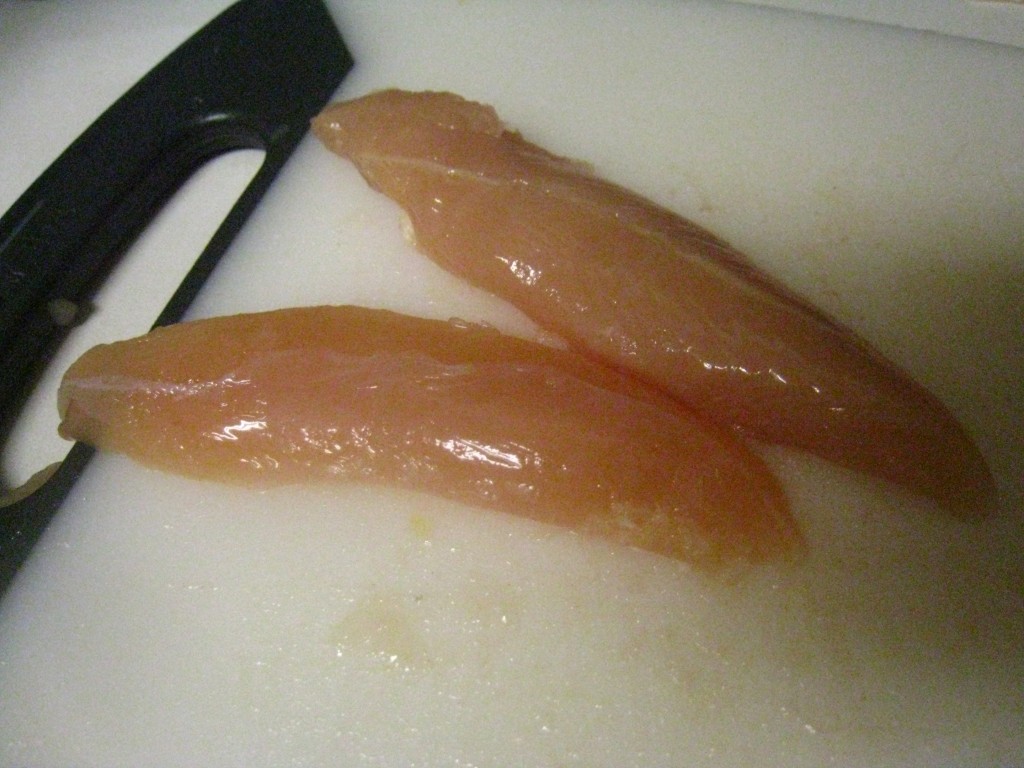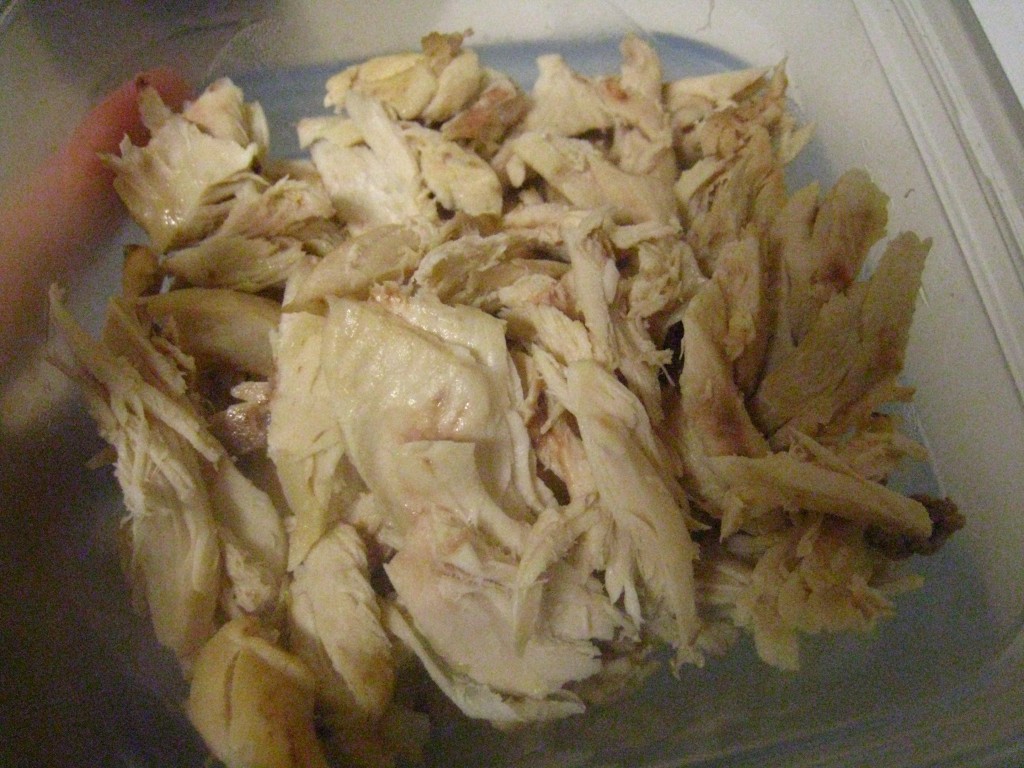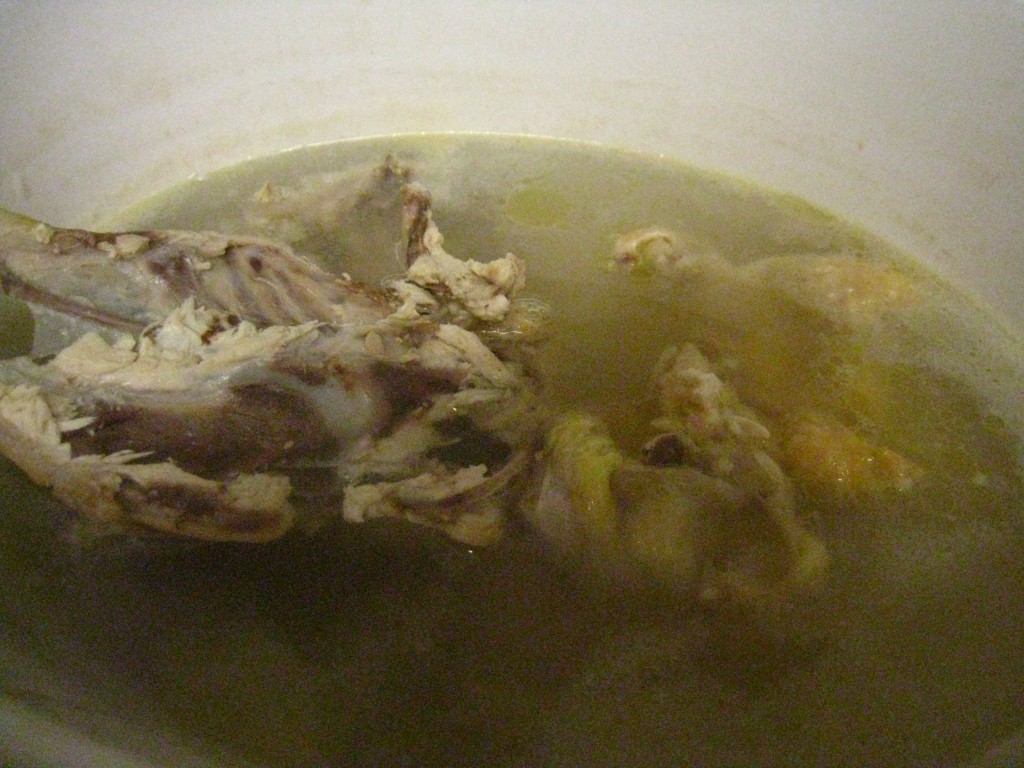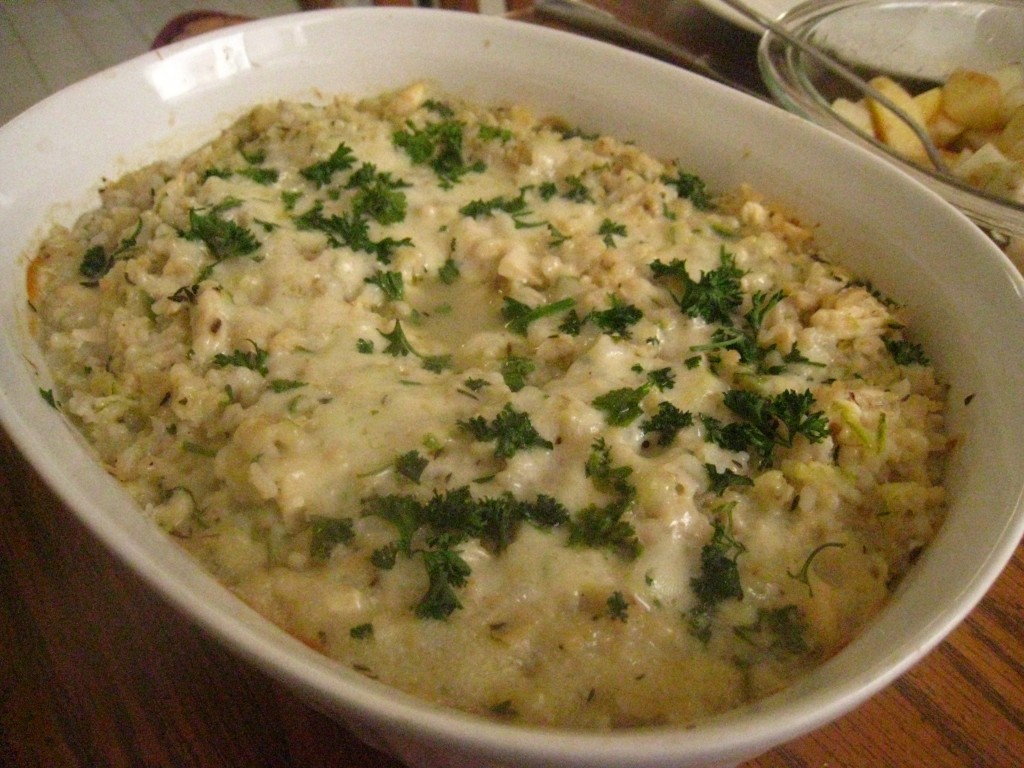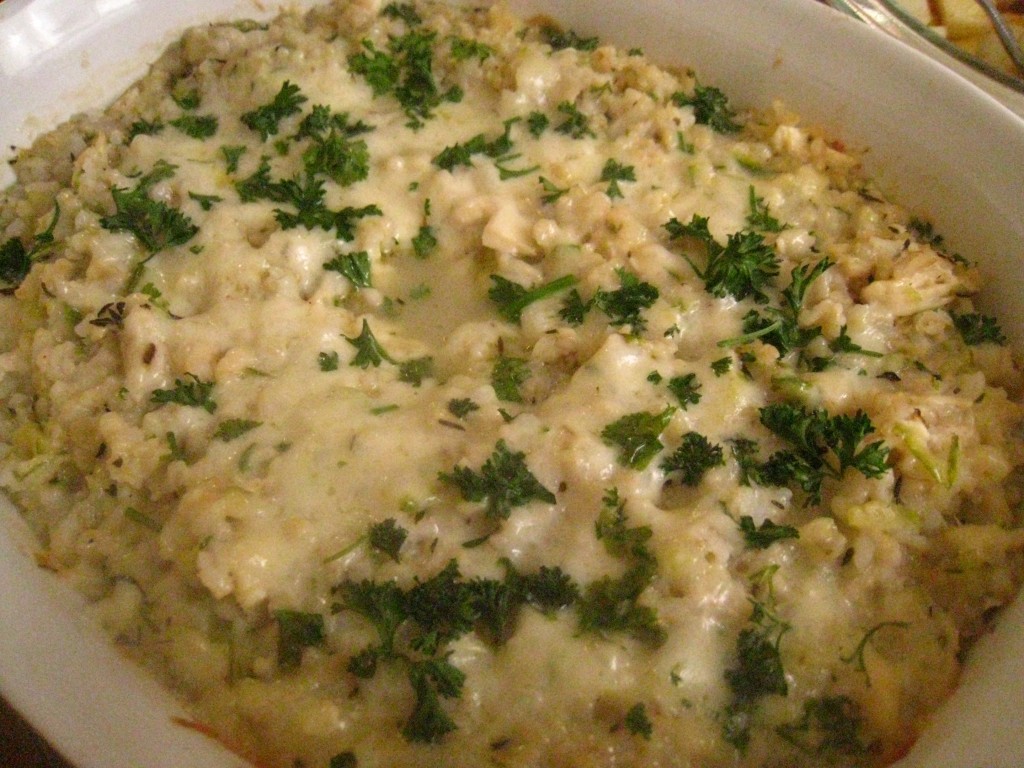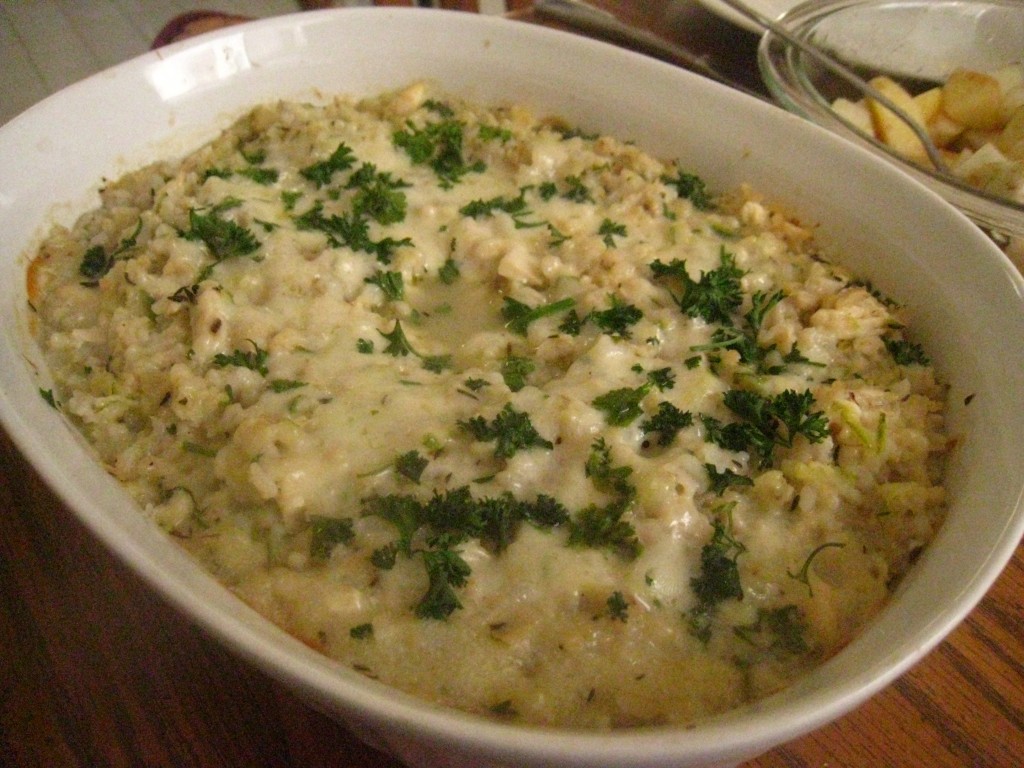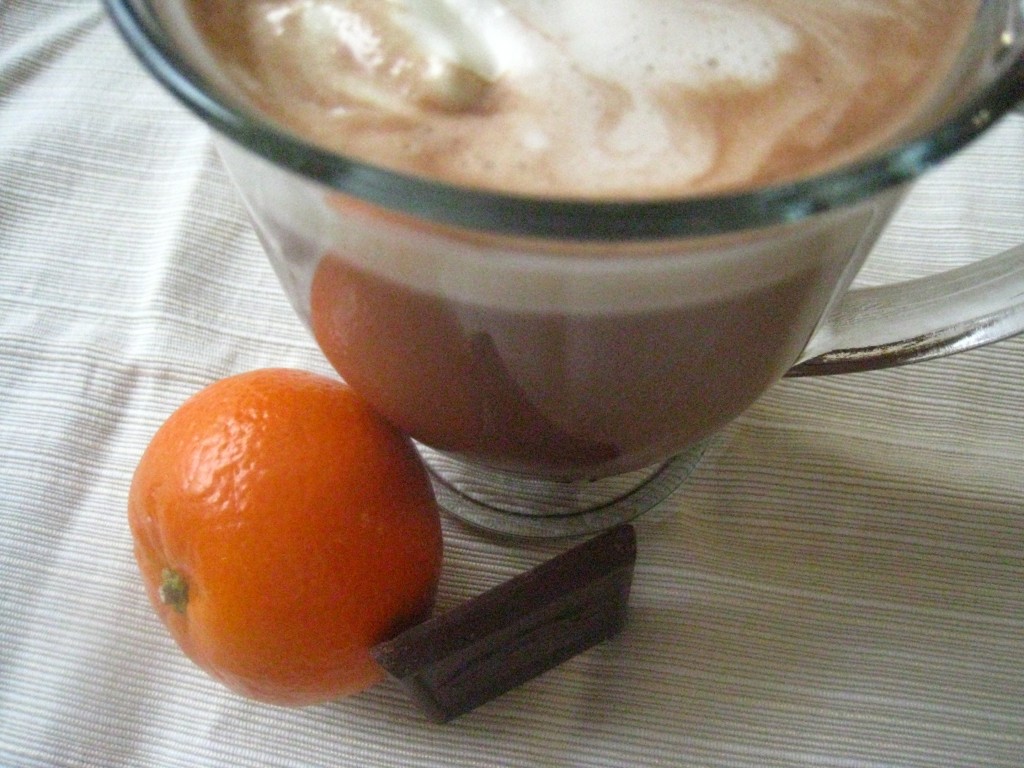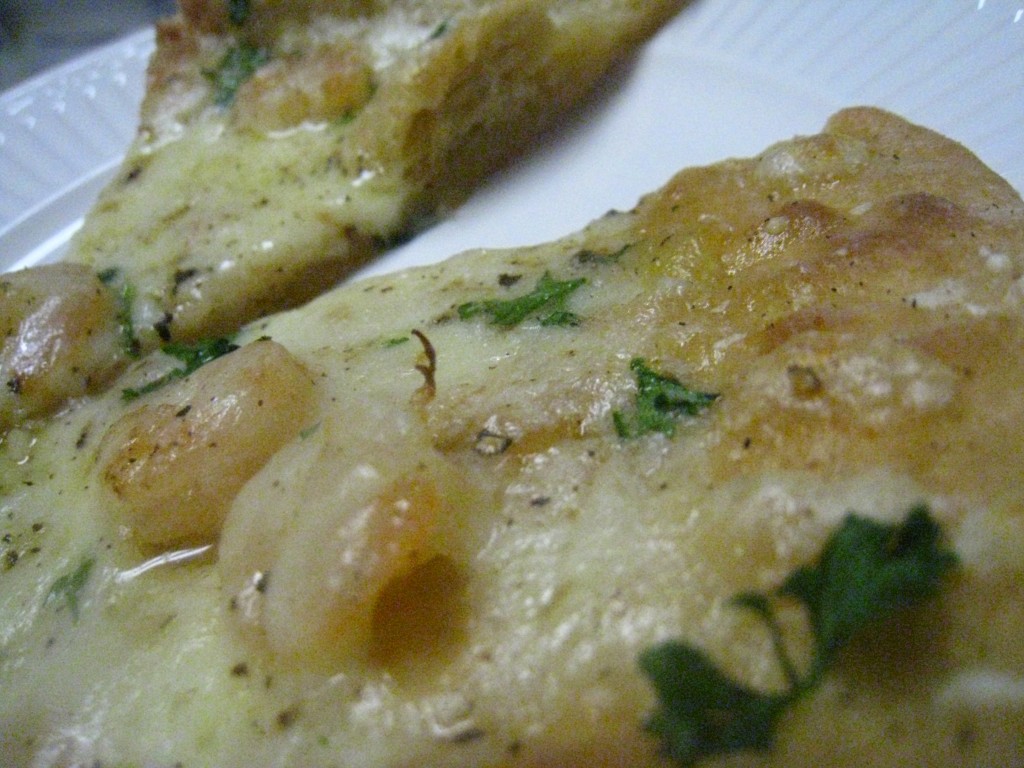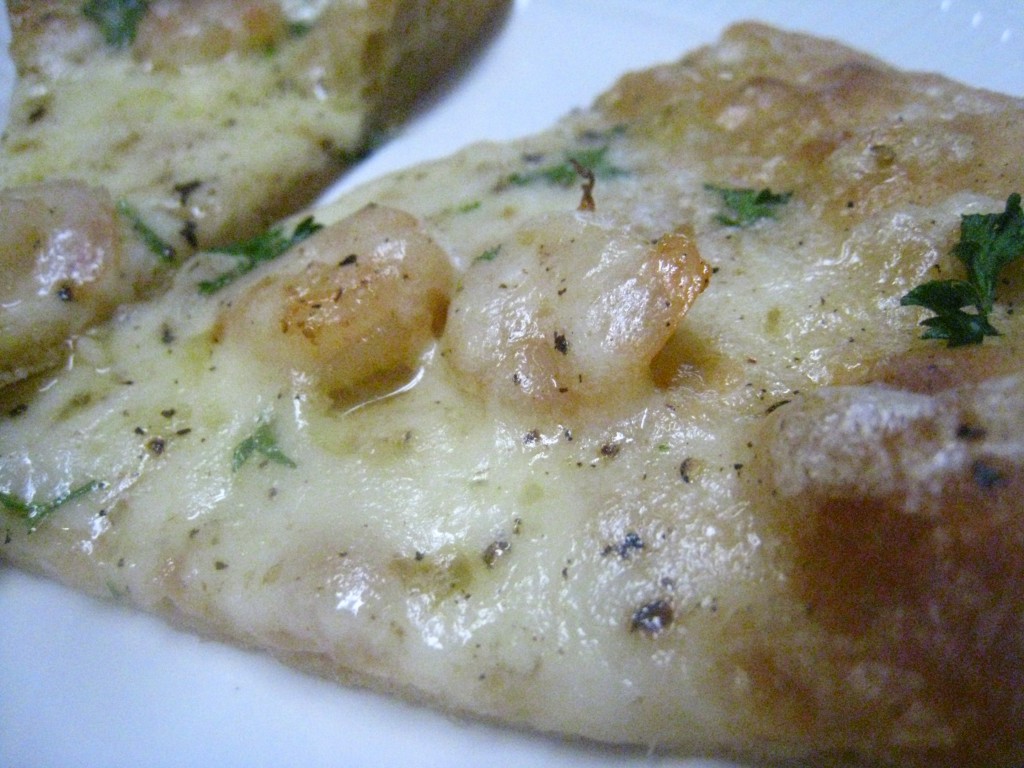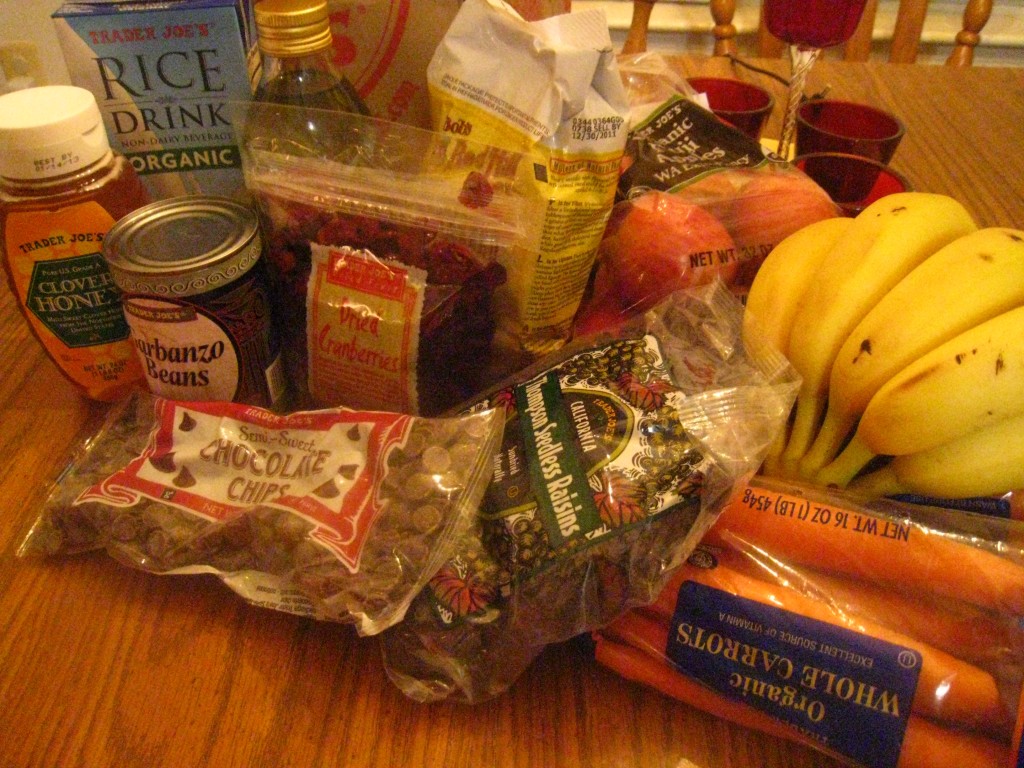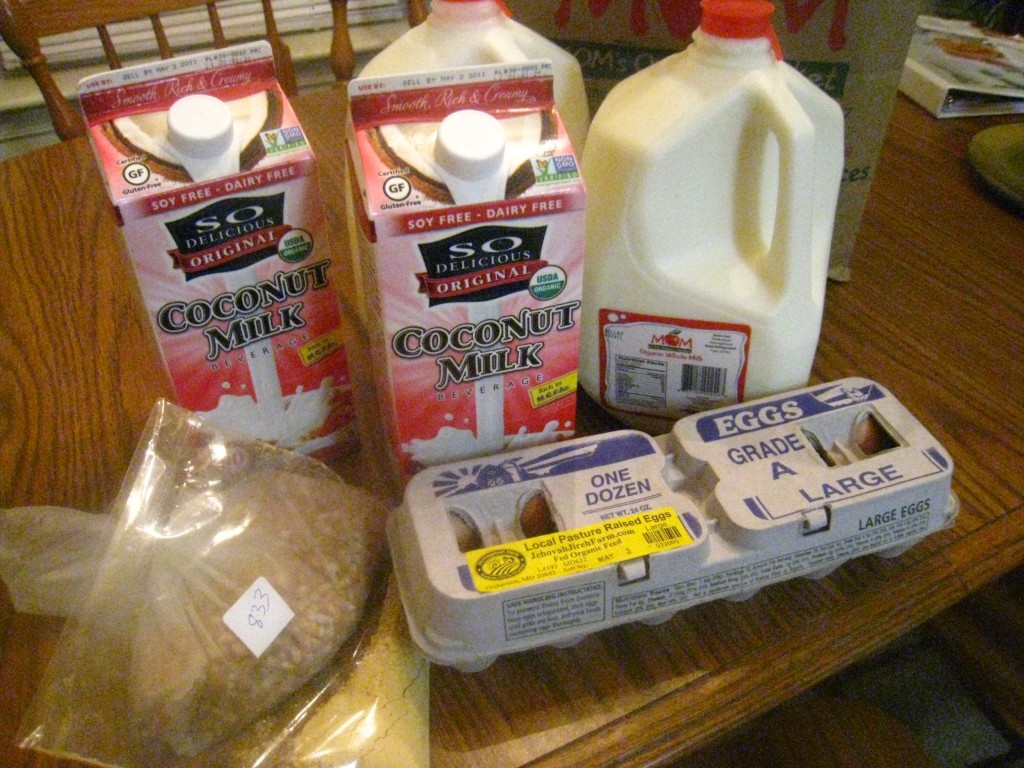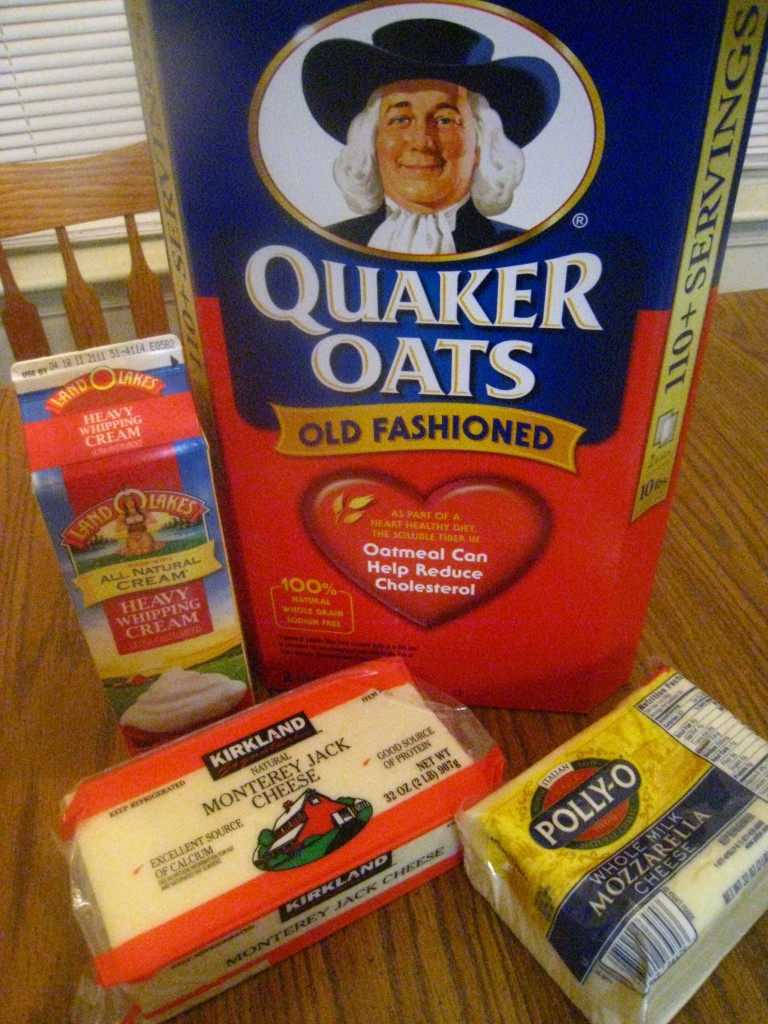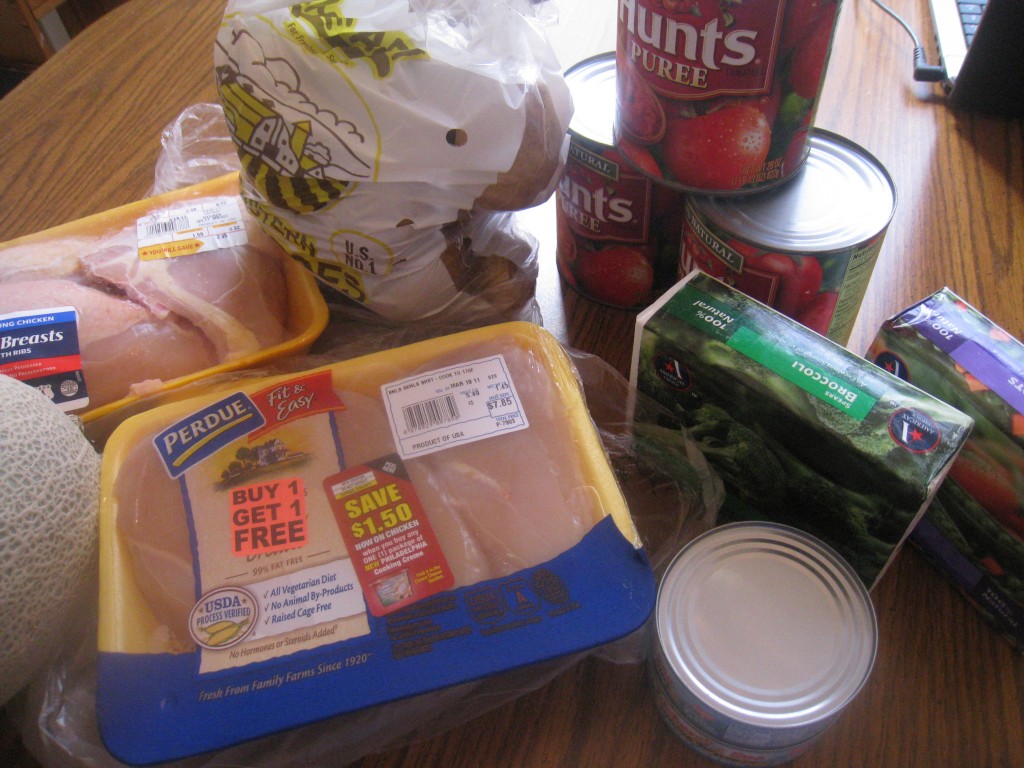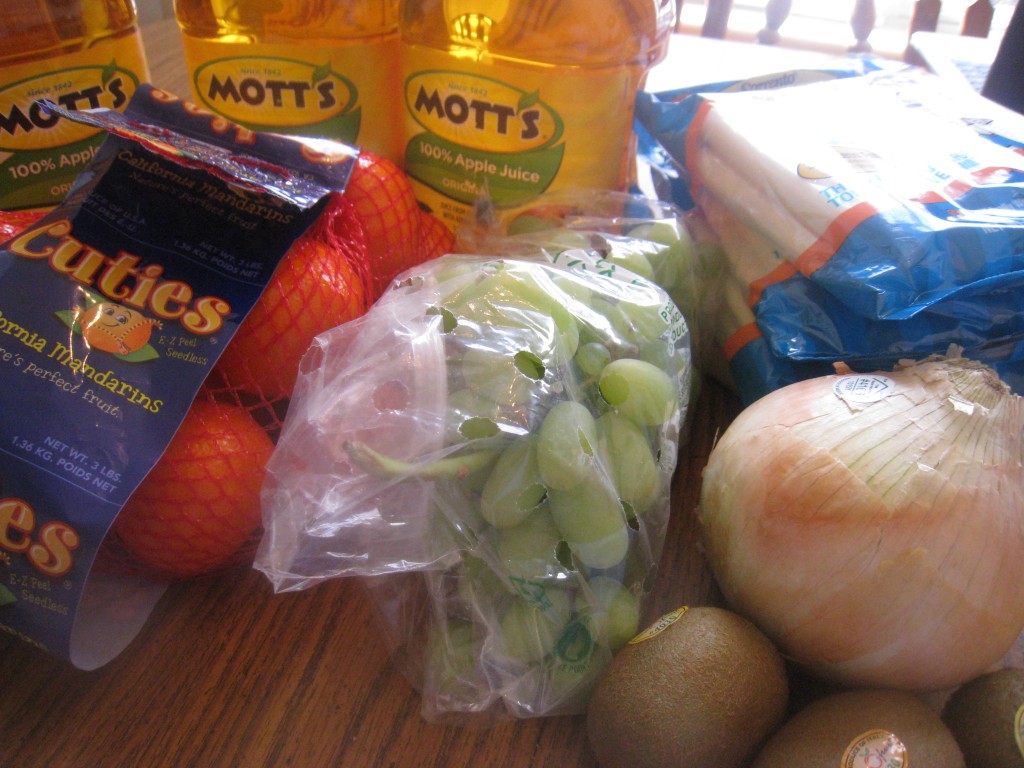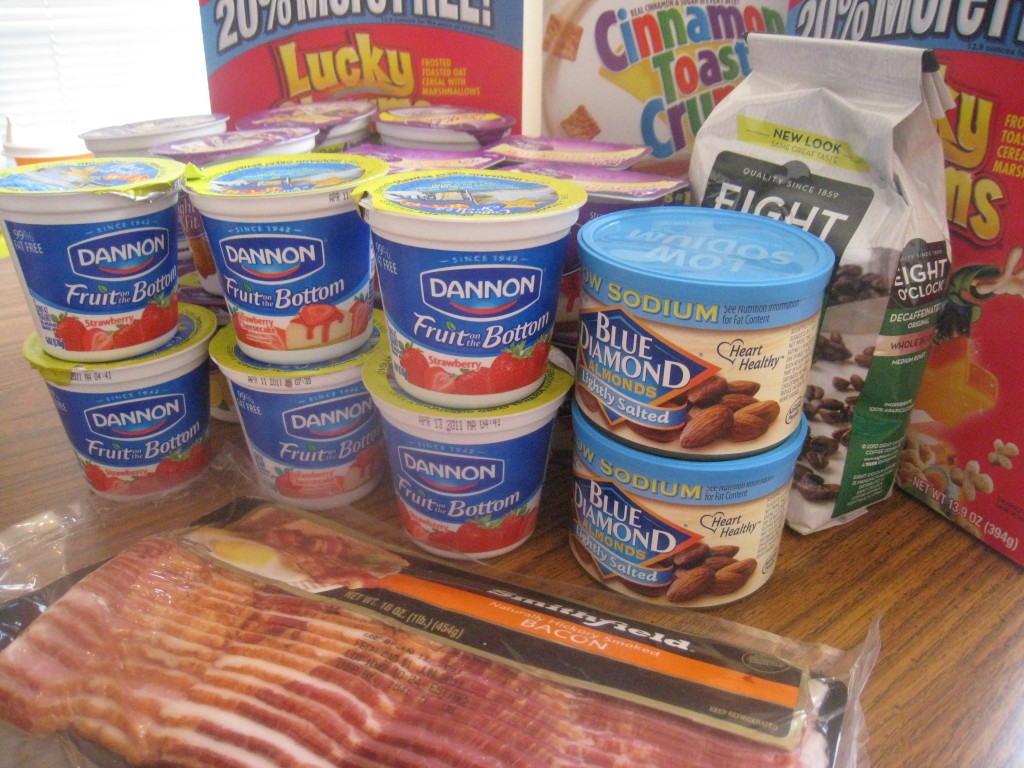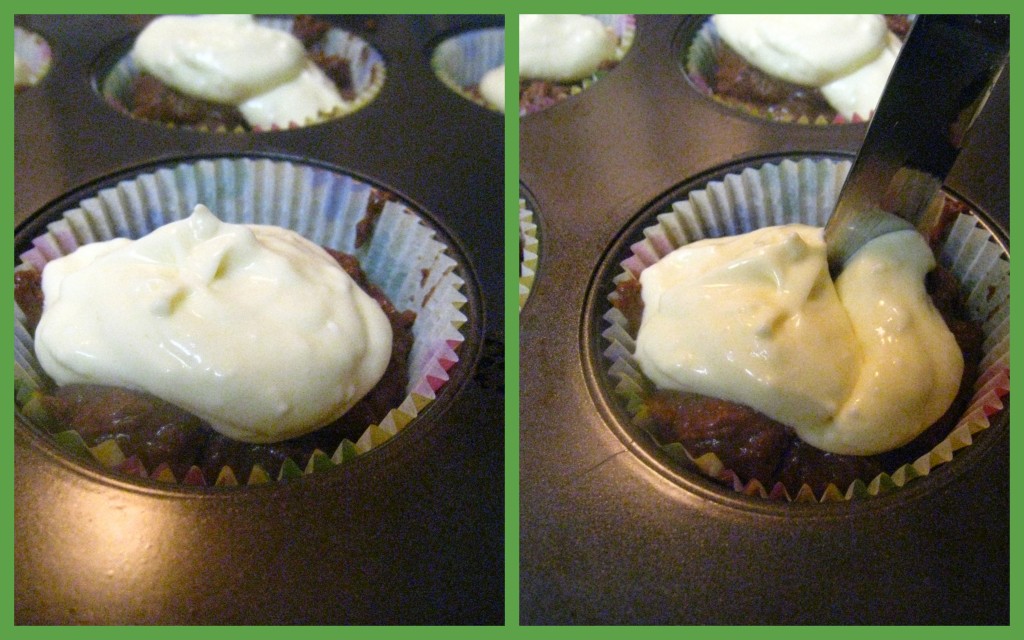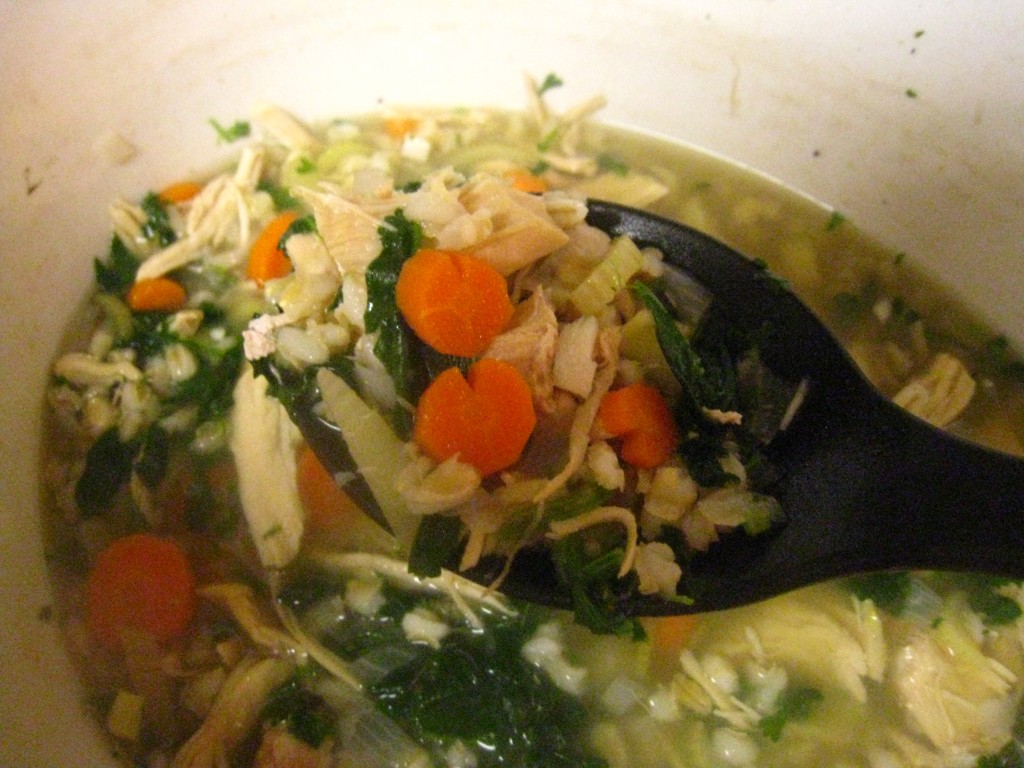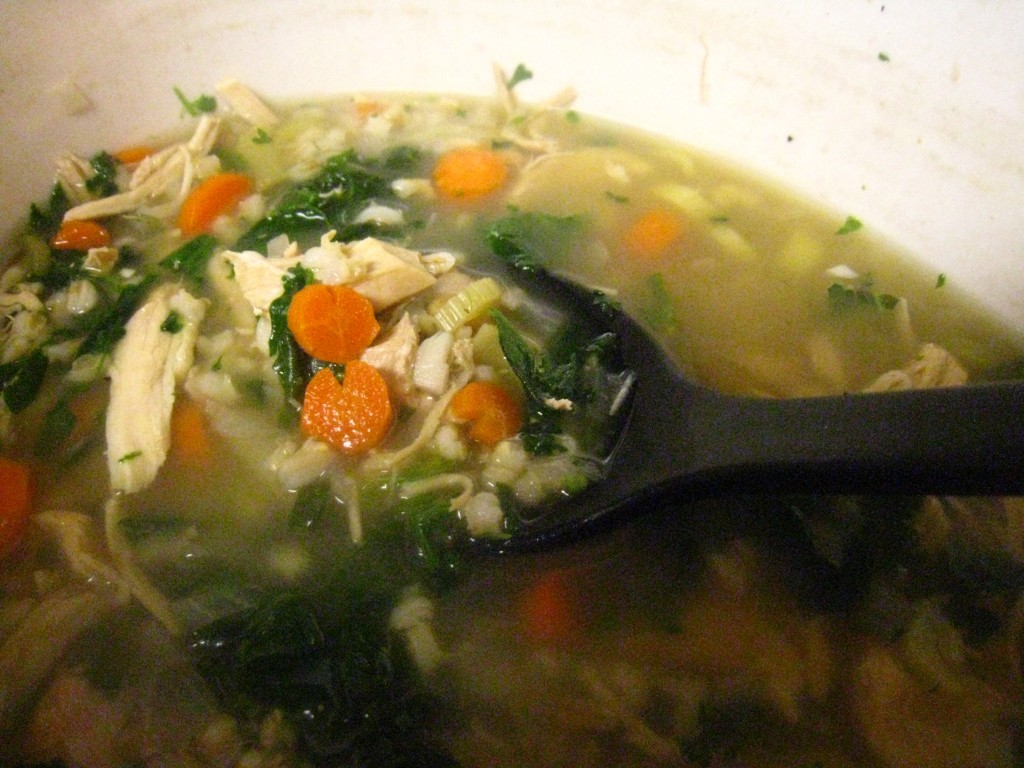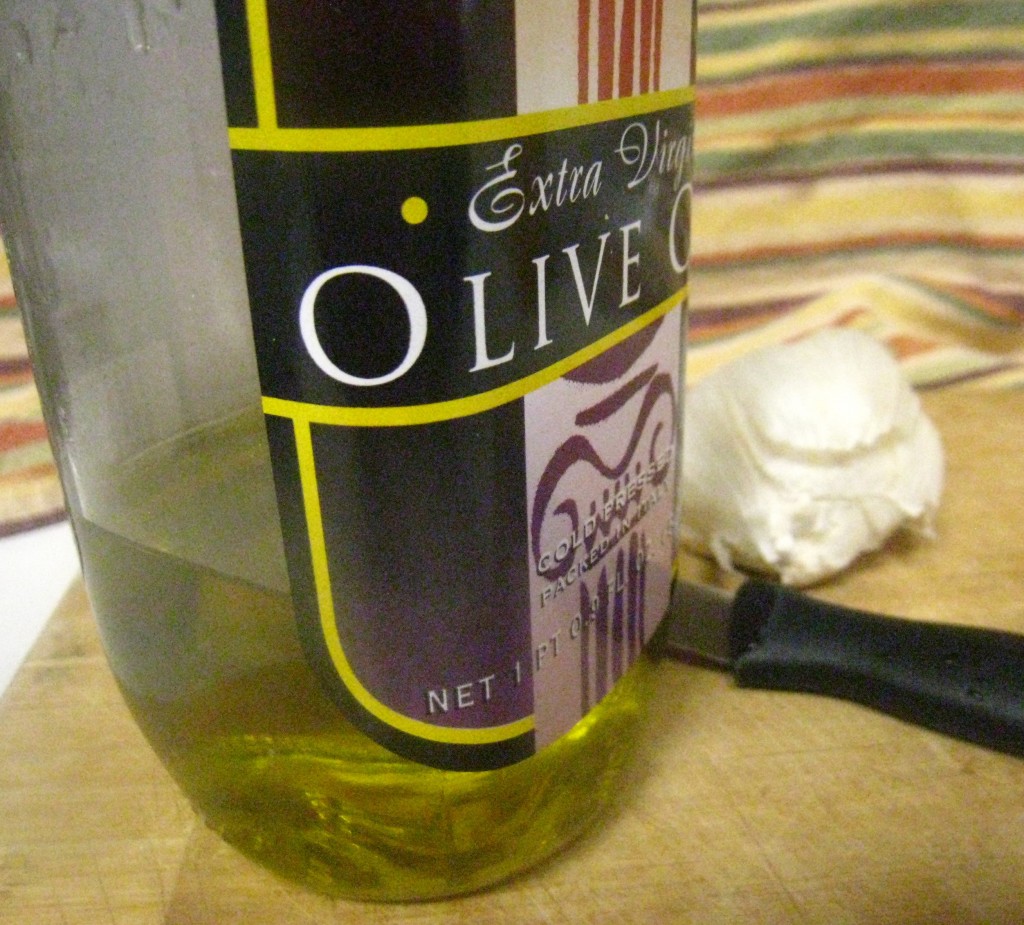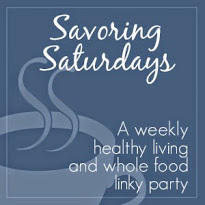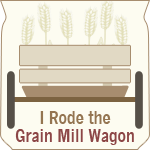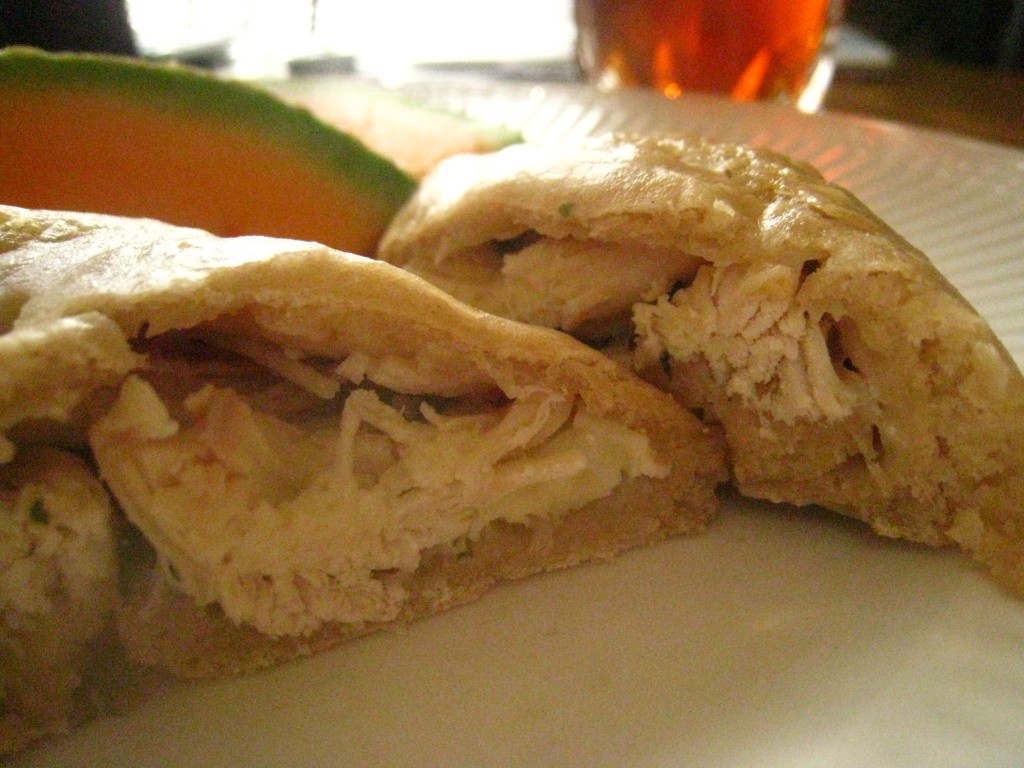
This is the second installment in my “The Great Chicken Breast Adventure” series.
To start at the beginning, read “Prepping the Chicken”.
Pocket sandwiches are not a new idea by any means; in fact, they go way back. You can find a variety of them in almost any culture: pasties from England, calzones from Italy, empanadas from Spain, pierogies from the Eastern block, and the list goes on and on and on. It seems that everybody needs a delicious portable food on occasion.
Mine are the purely American kind: you know, the kind that break all the rules and defy definition. The good ol’ American way! They follow the basic procedure of all the aforementioned - bread dough of some sort wrapped around a filling of some sort - but the type of bread and the type of filling don’t fit into any one category. So pocket sandwiches it is. If you can think of a better moniker, please let me know!
I used the shredded chicken I removed from the cooked chicken rib bones to make these chicken pocket sandwiches. Simply by changing the sauce and the cheese, you can create two very distinct tastes, as I will show you. I’m sure you can come up with a million different versions of your own once you have the basics down.
{Scroll down for a printable version of the recipe.}
To make your pocket sandwiches, you will need a pound of bread dough of some kind. Try the 5 Minute Artisan Bread, or a pizza dough. For Chicken Ranch Pockets, you will need ranch dressing , mozzarella cheese, and of course cooked chicken. Fresh parsley or other herbs are a delicious addition. For the Barbecue Chicken Pockets, you will need barbecue sauce, chicken, and cheddar or monterey jack cheese. In either case, a sprinkle of flour is also helpful to keep the cheese from disappearing into the bread, and additional seasonings or herbs are always tasty.
Here’s how to assemble and cook them:
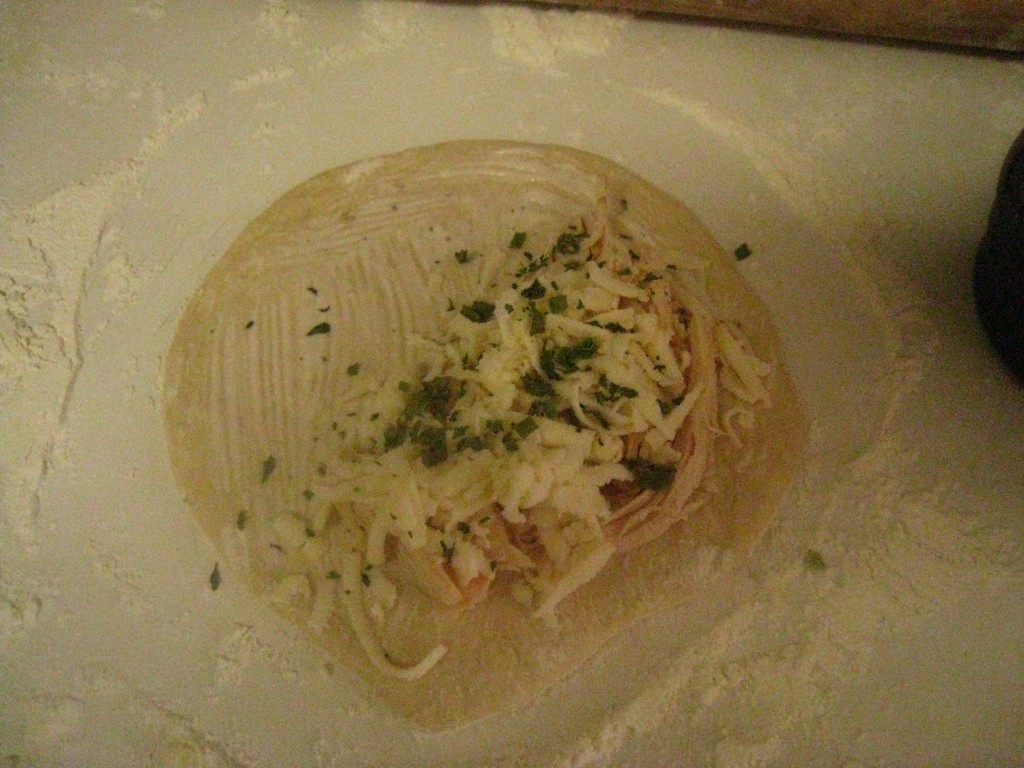 Divide your pound of dough into 6 equal portions. Roll out each portion into a 5″ circle. Spread 1 TBSP of sauce on the circle, and place the chicken cheese and any other seasonings on one side of the circle.
Divide your pound of dough into 6 equal portions. Roll out each portion into a 5″ circle. Spread 1 TBSP of sauce on the circle, and place the chicken cheese and any other seasonings on one side of the circle.
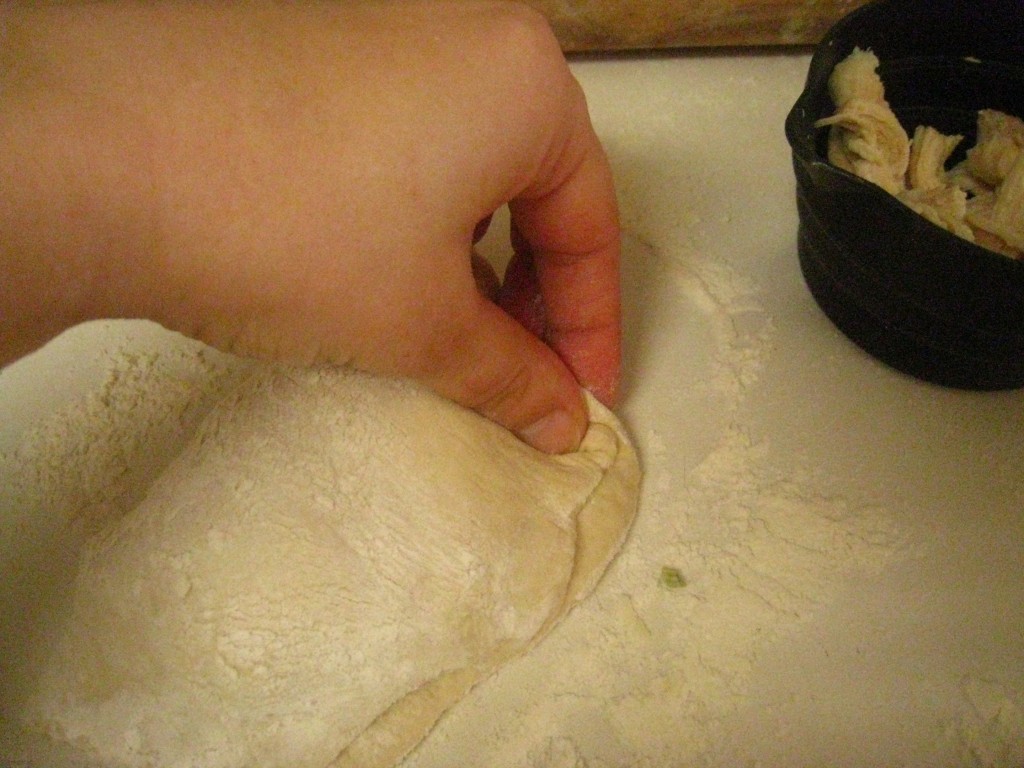 Fold the other half of dough over, and seal the edges. You can crimp them like a pie crust or the like and leave it at that…
Fold the other half of dough over, and seal the edges. You can crimp them like a pie crust or the like and leave it at that…
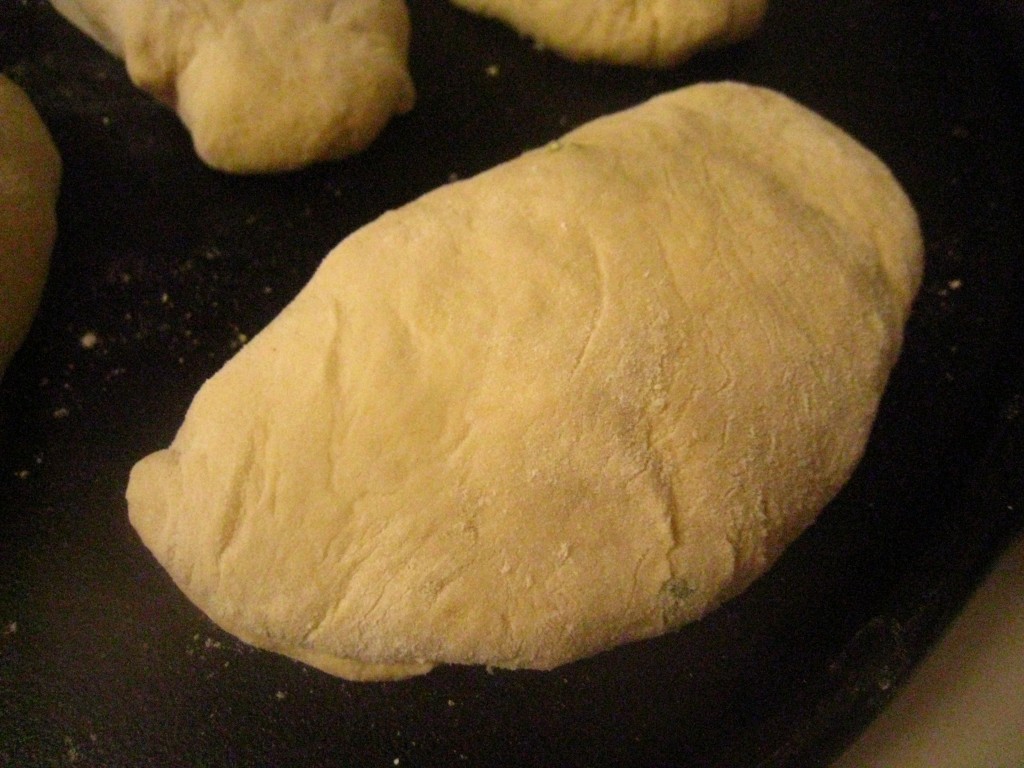 …or you can work the seam until it smooths and practically disappears, which is my preference. Place the pockets on a pizza stone or cast iron pan. Brush the tops with water, and then use a knife to slash a line through the top. Bake at 450F for about 10 minutes, until bottom crust is golden and cheese is melted.
…or you can work the seam until it smooths and practically disappears, which is my preference. Place the pockets on a pizza stone or cast iron pan. Brush the tops with water, and then use a knife to slash a line through the top. Bake at 450F for about 10 minutes, until bottom crust is golden and cheese is melted.
Chicken Ranch Pocket Sandwiches
1 lb bread dough or pizza dough
2 cups cooked shredded chicken
1 1/2 cups shredded mozzarella cheese
1/2 TBSP flour
6 TBSP ranch dressing
fresh chopped parsley
Divide the dough into 6 equal portions. Roll out each portion into a 5″ circle. Spread 1 TBSP of ranch dressing on each circle. Top with 1/3 cup chicken. Place the cheese in a medium bowl, and sprinkle with the flour, stirring with a fork until all the cheese is coated. Place 1/4 cup of the cheese on each circle. Top with fresh parsley. Fold the remaining dough over and seal the edge. Place on a pizza stone or cast iron pan. Brush the tops with water, and use a knife to make a slash on the top. Bake at 450F for about 10 minutes or until bottom crust is golden and cheese is melted.
Barbecue Chicken Pocket Sandwiches
1 lb bread dough or pizza dough
2 cups cooked shredded chicken
1 1/2 cups shredded monterey or cheddar cheese
1/2 TBSP flour
6 TBSP barbecue sauce
Divide the dough into 6 equal portions. Roll out each portion into a 5″ circle. Spread 1 TBSP of barbecue sauce on each circle. Top with 1/3 cup chicken. Place the cheese in a medium bowl, and sprinkle with the flour, stirring with a fork until all the cheese is coated. Place 1/4 cup of the cheese on each circle. Fold the remaining dough over and seal the edge. Place on a pizza stone or cast iron pan. Brush the tops with water, and use a knife to make a slash on the top. Bake at 450F for about 10 minutes or until bottom crust is golden and cheese is melted.
Provided you have all the ingredients in place (i.e. bread dough at the ready, chicken cooked and cheese shredded), this is a very QUICK recipe. It was quick for me because I had the artisan bread dough in the fridge and had previously prepped the chicken. Shredding the cheese took only a couple minutes.
It’s certainly EASY! And it makes a great easy lunch: fix up a batch of these to store in the freezer for an easy lunch option.
It’s definitely CHEAPer than buying a similar item at the store in the freezer section. Save some moula and make it yourself!
It’s also a good HEALTHY option, even healthier if you add some vegetables like chopped green peppers or tomatoes, or even broccoli. I like to serve it with fresh fruit for a well-rounded meal.

